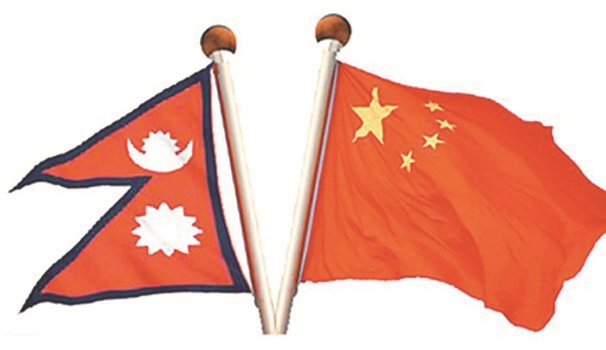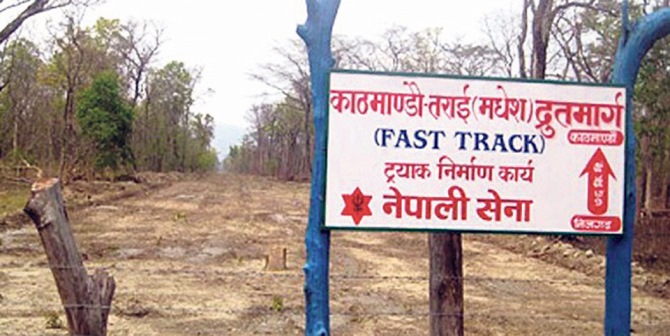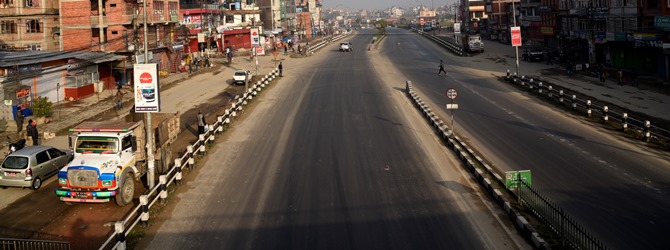Contact tracing a tough job for government
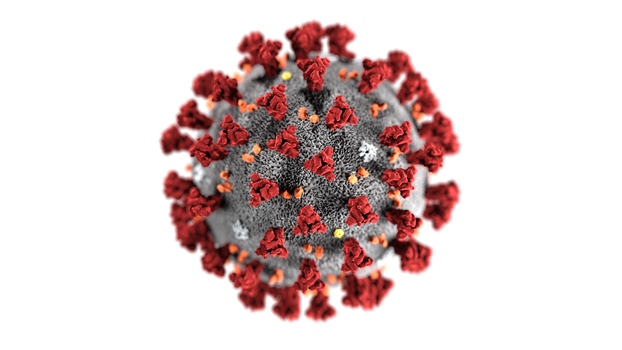
By Purushottam P. Khatri
Kathmandu, Apr. 14: Contact establishment, tracing and tracking of the possible COVID-19 patients would be an arduous job to the government as the cases of coronavirus infected persons have been on gradual rise in
Nepal, the government and security officials said Monday.
According to the record maintained by the COVID-19 Crisis Management Centre-Operation (CCMC-Ops), as of Sunday (April 13) the government has established contacts with only 1,756 people of the 20,000 activated SIM cards of the persons who had entered Nepal from various entry points, including the airways, according to Joint-secretary and spokesperson at CCMC, Dr Bikash Devkota.
According to Dr Devkota, on April 8 the government had established its own call centre and had started establishing contacts, tracing and tracking in coordination with the Nepal Police. Nepal Police Headquarters, Naxal, during the arrival of people from abroad via airways (Tribhuvan International Airport) had also established the contact and traced them according to the details made available by the airport officials.
Senior Superintendent of Police (SSP) and joint-spokesperson of Nepal Police Headquarters Umesh Raj Joshi said that it was easy to establish contact with the people coming from airways, but difficult to trace the people who entered Nepal from different border points.
According to SSP Joshi, all those who had come to Nepal via different international flights after the enforcement of lockdown on March 24 have come to the contact of Nepal Police and the suspected people have been quarantined. Within these 20 days of the lockdown, Nepal Police alone had made contacts with nearly 600 people who entered Nepal via the TIA, he said.
According to Dr Devkota, after March 24, both the Nepal Telecom and other private telecom services had issued around 20,000 newly activated SIM cards and based upon the phone numbers, the call centres of the government and Nepal Police were establishing contacts with them and started their tracing.
Most of the migrant workers who entered Nepal via open borders from Darchula to the Terai were kept in at least 14 days of quarantine and if needed in isolation beds, according to Dr Devkota.
The government and security officials deployed in quarantine centres set up by the government have been maintaining the records of every migrant worker and person who had entered Nepal from the borders, he said.
“As they have mentioned their details, including their home districts and name of their local levels and we have maintained their registration, it will be easier to trace them in case anyone of them is diagnosed with the virus, Dr Devkota said.
People who are currently in quarantine and isolation and ICU beds are being monitored through the government-run website covid19.ndrrma.gov.np, Dr. Devkota said. According to the CCMC, there are currently 661 Indians in Nepal's quarantine and 2,230 Nepalis in the Indian quarantines. They all are also under surveillance of the government, he said.
To control entry of Nepali and Indian citizens from regular and unregulated border points, the government had already deployed 6,000 security forces by establishing 1,068 pickets in the borders, the CCMC-Ops stated.
During Prime Minister KP Sharma Oli's televised address to the nation on April 7, he had too mentioned that the government of Nepal was developing another real-time data information sharing portal for contact tracing and tracking of people that entered Nepal and corona-suspected people making their movements in different parts of the country.
Recent News

Do not make expressions casting dout on election: EC
14 Apr, 2022
CM Bhatta says may New Year 2079 BS inspire positive thinking
14 Apr, 2022
Three new cases, 44 recoveries in 24 hours
14 Apr, 2022
689 climbers of 84 teams so far acquire permits for climbing various peaks this spring season
14 Apr, 2022
How the rising cost of living crisis is impacting Nepal
14 Apr, 2022
US military confirms an interstellar meteor collided with Earth
14 Apr, 2022
Valneva Covid vaccine approved for use in UK
14 Apr, 2022
Chair Prachanda highlights need of unity among Maoist, Communist forces
14 Apr, 2022
Ranbir Kapoor and Alia Bhatt: Bollywood toasts star couple on wedding
14 Apr, 2022
President Bhandari confers decorations (Photo Feature)
14 Apr, 2022
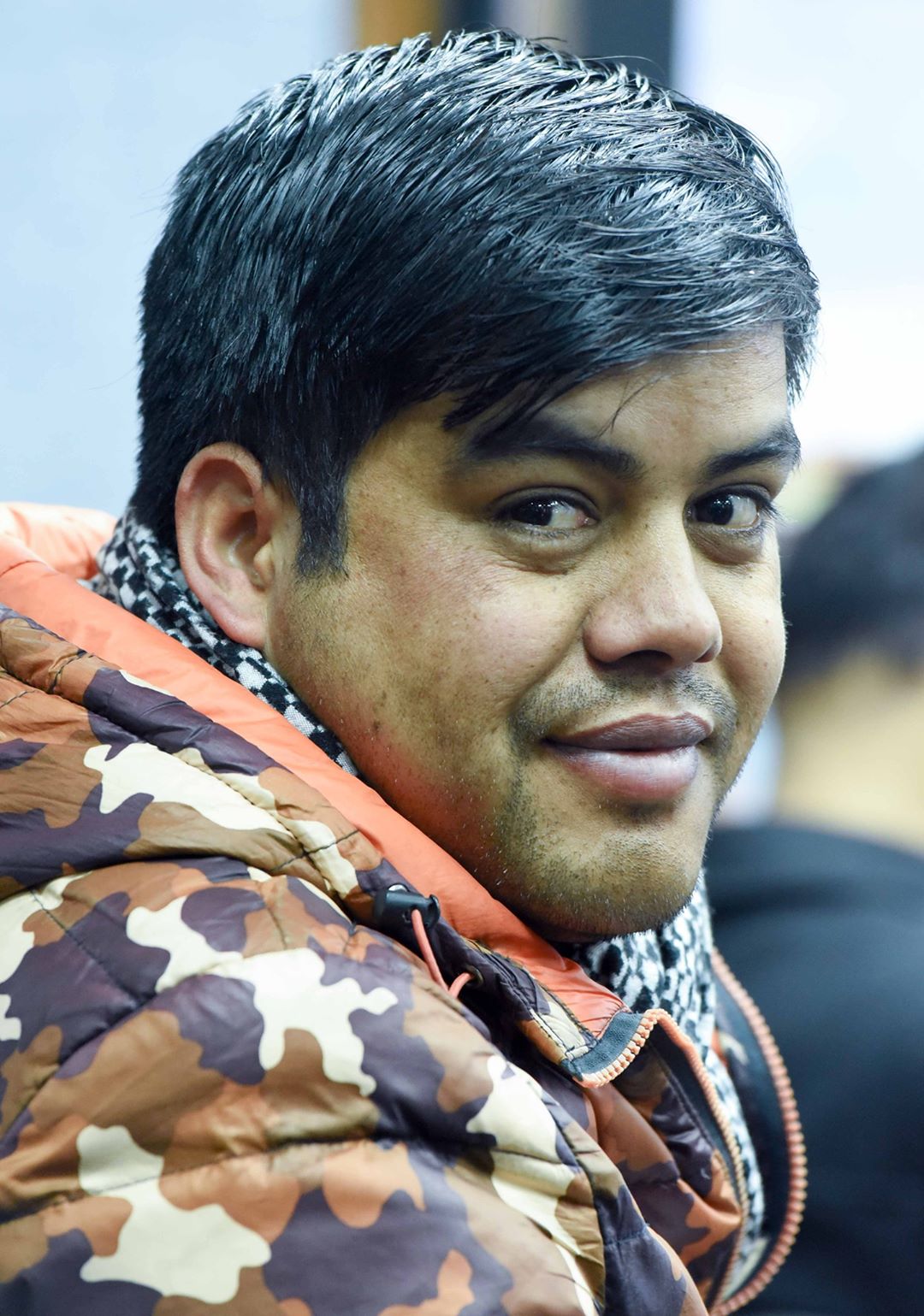


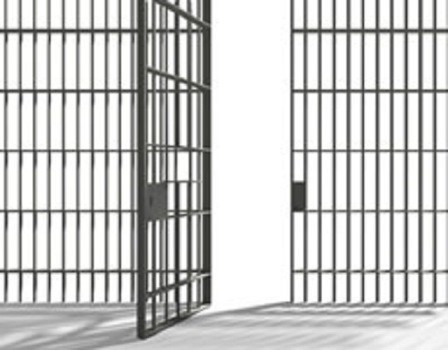
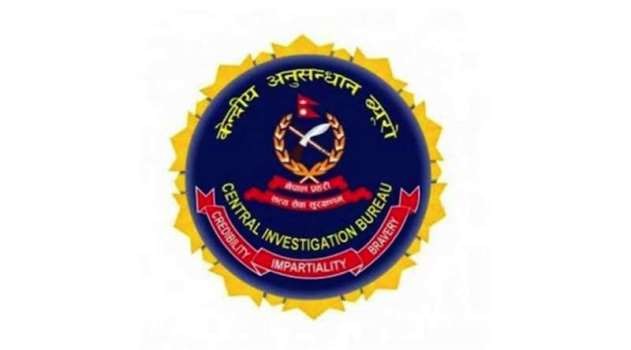
.jpg)

